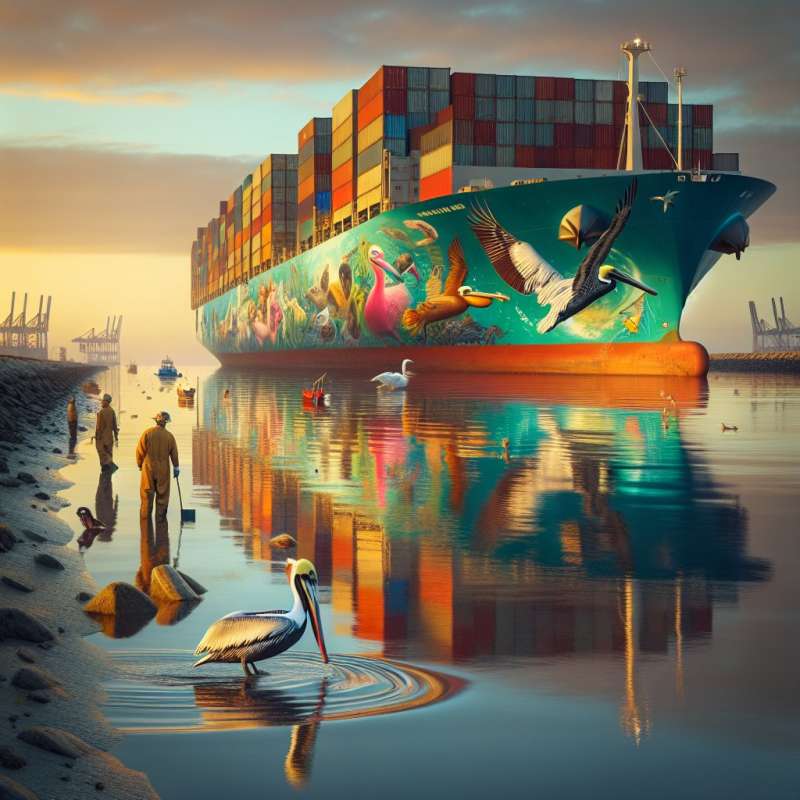
Introduction to Suez Canal
The Suez Canal is a man-made waterway in Egypt, connecting the Mediterranean Sea to the Red Sea. Opened in 1869, it created a new maritime route between Europe and Asia.
Construction and Challenges
Construction began in 1859 by the Suez Canal Company. It faced harsh desert conditions, labor shortages, and health crises. It took ten years and over 1.5 million workers to complete.
Strategic Economic Importance
The canal is crucial for international trade, allowing ships to bypass the longer Cape of Good Hope route. It handles about 12% of global trade, shortening voyages by up to 7,000 miles.
Political Conflicts Impact
The canal has been a focal point in geopolitical conflicts. Nationalization in 1956 led to the Suez Crisis. It was closed twice due to wars, significantly impacting global trade each time.
Engineering Marvel Upgrades
Despite being an engineering feat of the 19th century, the canal has been upgraded several times. The latest expansion in 2015 allowed two-way traffic, increasing the daily transit capacity.
Environmental and Risks
Shipping through the canal poses environmental risks, including oil spills and marine life disruption. The 2021 Ever Given container ship incident highlighted the canal's vulnerability to blockages.
Suez Canal's Future
Plans for further expansion and deepening are underway to accommodate larger ships. Egypt aims to develop the canal into a global logistics hub, with industrial and logistics parks along its banks.Suez Canal's Bitter Lake
During WWII, 14 ships were stranded in the canal's Great Bitter Lake for eight years, forming their own mini-community.
When was the Suez Canal opened?
Started 1859, took 10 years
Opened in 1869
During the Suez Crisis, 1956
Company